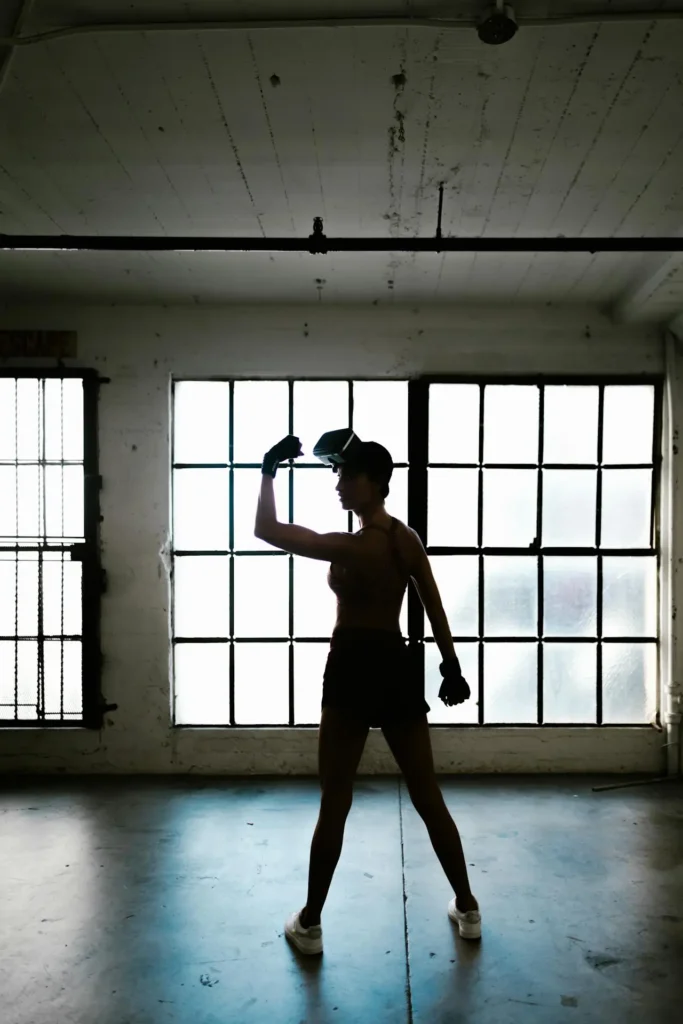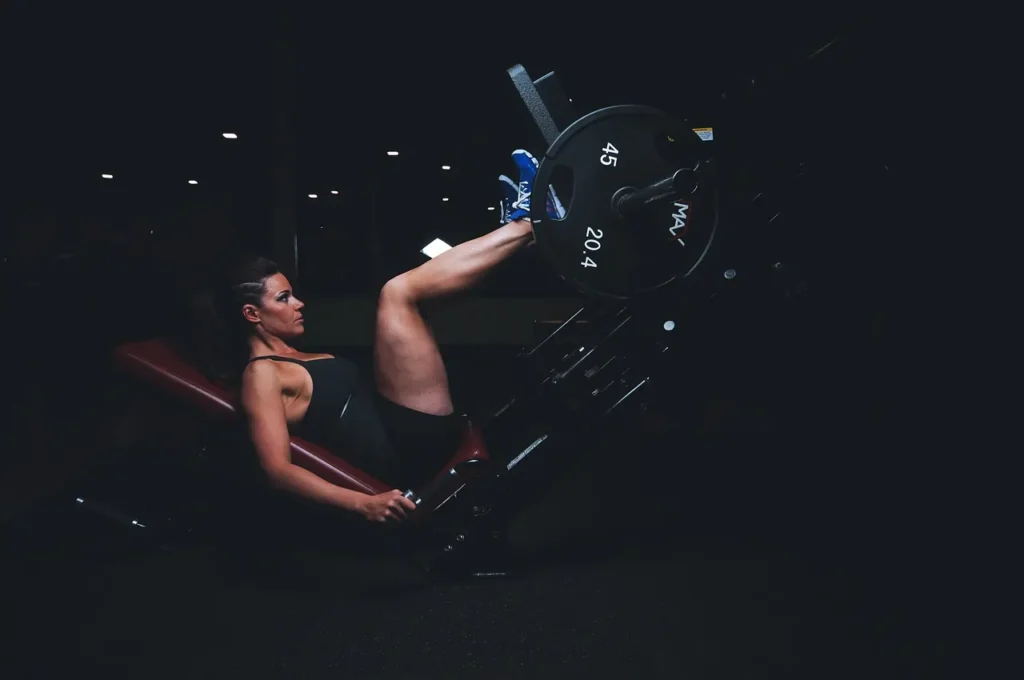The industry of fitness is undergoing a transformative shift as well as being driven by advancements in artificial intelligence (AI) and as the world becomes more digital. The data-driven AI is increasingly being integrated into the routines of fitness, and it offers personalised workouts that cater to the needs of the individual. And this evolution is reshaping how we approach fitness and making it more accessible, efficient as well as tailored.
Personalized Workout Plans: Tailoring Fitness to Individual Needs
One of the most promising applications of AI in fitness is the creation of personalised plans the workouts, and the traditional routines of the workouts often take the one-size-fits-all approach, which is ineffective for individuals with unique needs along goals. Nonetheless, the algorithms of the AI, however, analyze the vast array of points of data, including the fitness level of the person, goals, preferences, as well as even the biometric data to design customized plans for the workout, and this personalization makes sure that each exercise regimen is optimized for the individual, improving both effectiveness and engagement.
Moreover, the AI-driven fitness apps, along with the platforms, utilise machine learning to continuously adapt as well as refine the plans of the workout based on the feedback of the user as well as progress. For example, if the user finds the particular exercise too challenging or not challenging enough, then the AI will adjust the intensity or the type of the exercise accordingly. Well, this dynamic adjustment helps in maintaining motivation and preventing plateaus, which are common issues in traditional programs of fitness.
Virtual Coaching: The Rise of AI-Powered Personal Trainers
The future of fitness is not just about workout plans but also about personalized coaching, and AI-powered virtual coaches are emerging as the popular alternative to traditional personal trainers.
Moreover, these digital trainers offer convenience as well as accessibility, and they provide guidance along with motivation to the users anytime and anywhere. They utilize the AI to analyze the performance of the user and offer real-time feedback and corrections, which is very critical for maintaining the proper form as well as preventing injuries.

Nonetheless, the virtual coaches also simulate the experience of the personal trainer by using natural language processing (NLP) to communicate with the users in a conversational manner, and this human-like interaction improves the engagement of the user and makes the experience of the training more enjoyable as well as motivating. For example, the AI coaches provide encouragement, remind the users of their goals, and it also even adjust their tone based on the user’s emotional state and also creating thee more personalized and supportive environment.
Data-Driven Nutrition: Enhancing Fitness Outcomes
The impact of AI on the future of fitness extends beyond workouts to include nutrition and the crucial component of any fitness regimen, and data-driven nutrition uses AI to analyze the habits of dietary nutrient intake as well as even genetic information to provide personalized dietary recommendations.

Moving forward, this approach helps individuals optimize their nutrition to support their specific goals of fitness, whether it’s weight loss, muscle gain, or the overall improvement of their health. The AI-powered nutrition apps can track the food intake of the users as well as provide insights into their patterns of eating, and also underline the areas for improvement. For instance, apps such as Aaptiv, Fitbood, etc. suggest meal plans along with recipes tailored to the user’s dietary preferences, restrictions as well and objectives of fitness.
Injury Prevention and Rehabilitation: AI’s Role in Safe Training
Injury prevention along with rehabilitation are critical aspects of any journey of fitness, and AI is making significant strides in these areas by offering the tools that help to prevent injuries as well as assist in recovery. Moreover, one of the ways the AI achieves this is by the analysis of the movement as well as by using computer vision and machine learning, and the AI analyses the movements of the user during the exercise, identifying the improper form or technique that leads to injury and this real-time analysis allows for the immediate correction, reducing the risk of the strain or injury.

For example, the AI analyses the data from the wearable devices to monitor the progress of the user during the rehabilitation, adjusting the intensity as well as type of the exercises as needed. Lastly, this personalized approach makes sure that the recovery is efficient as well as effective and minimises the risk of re-injury.


